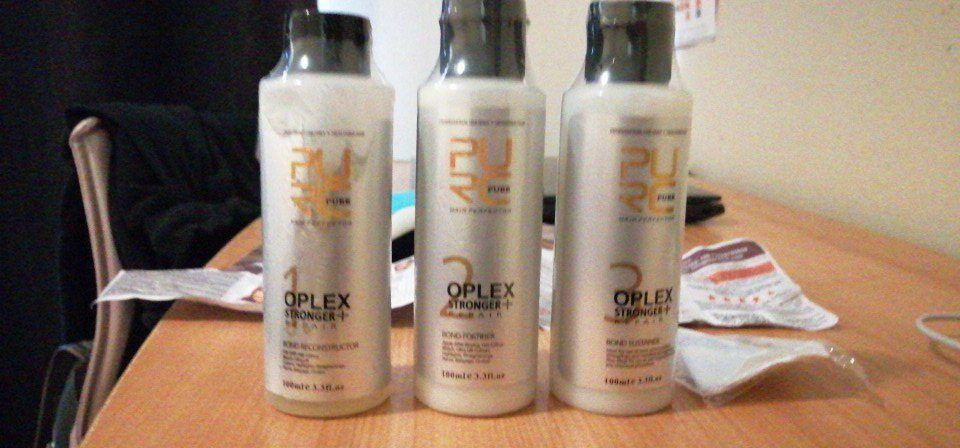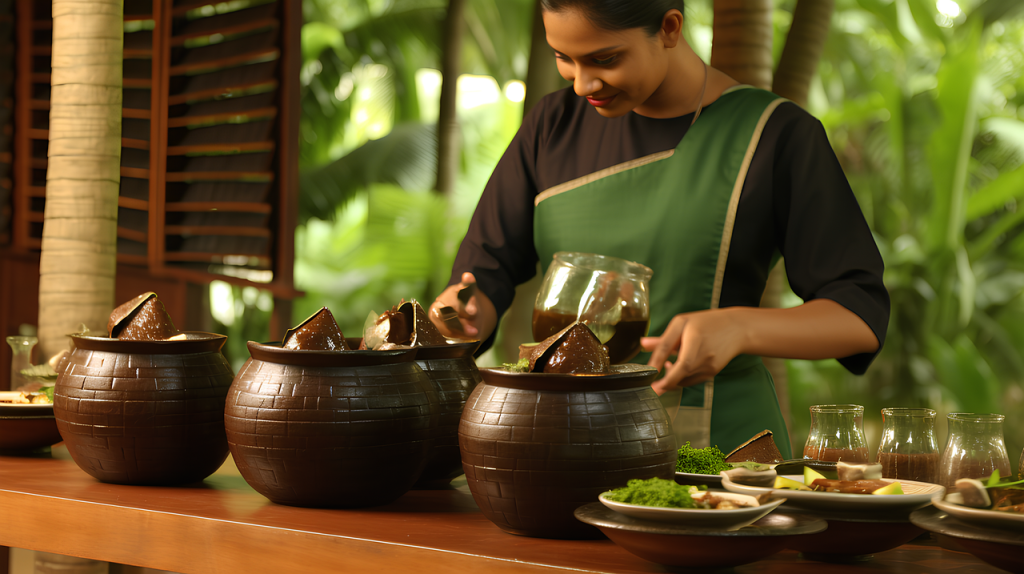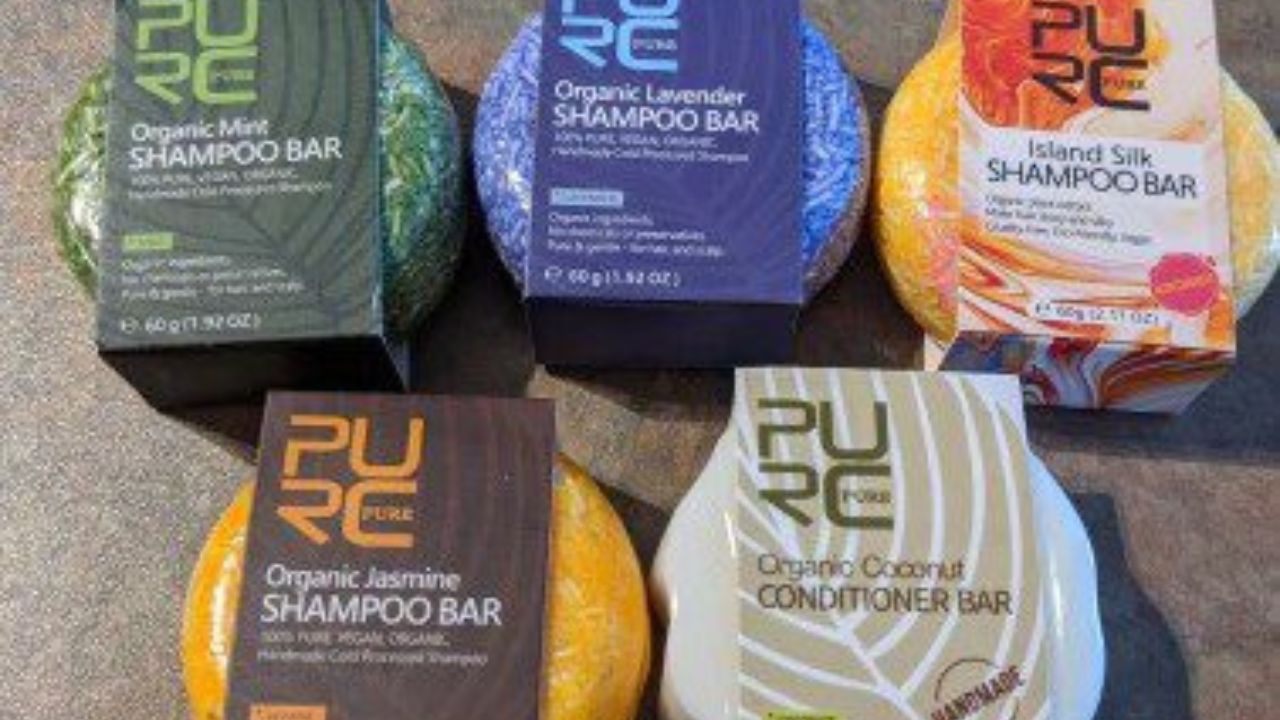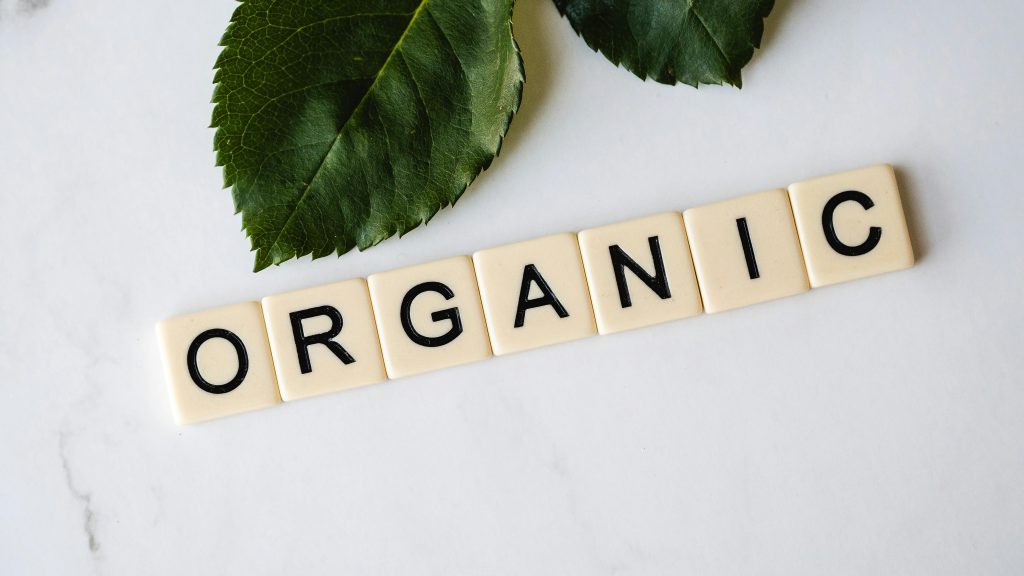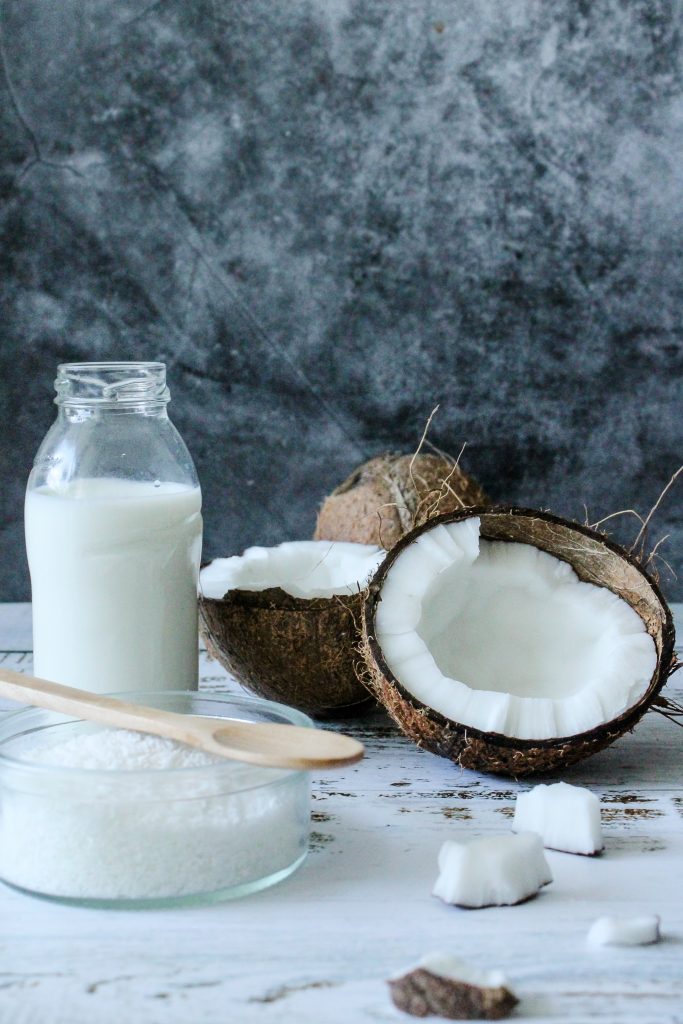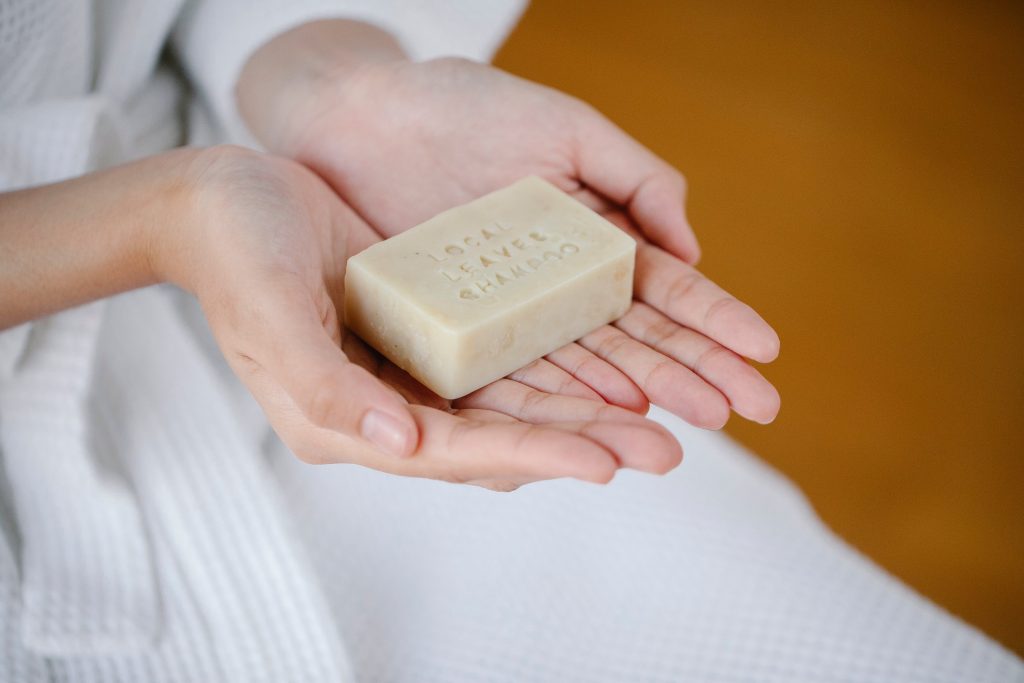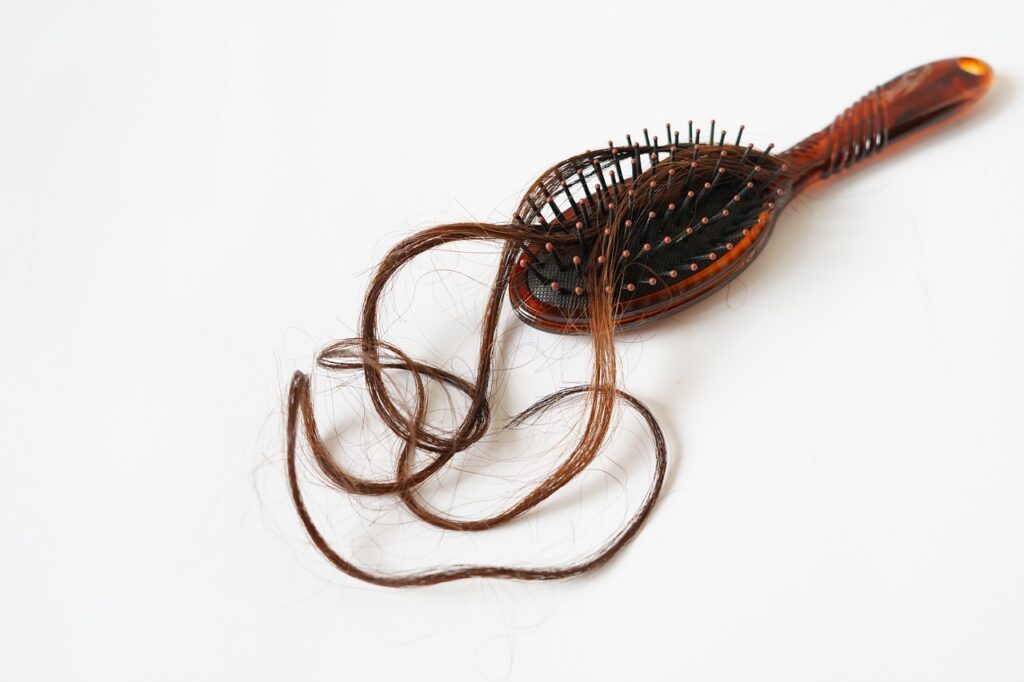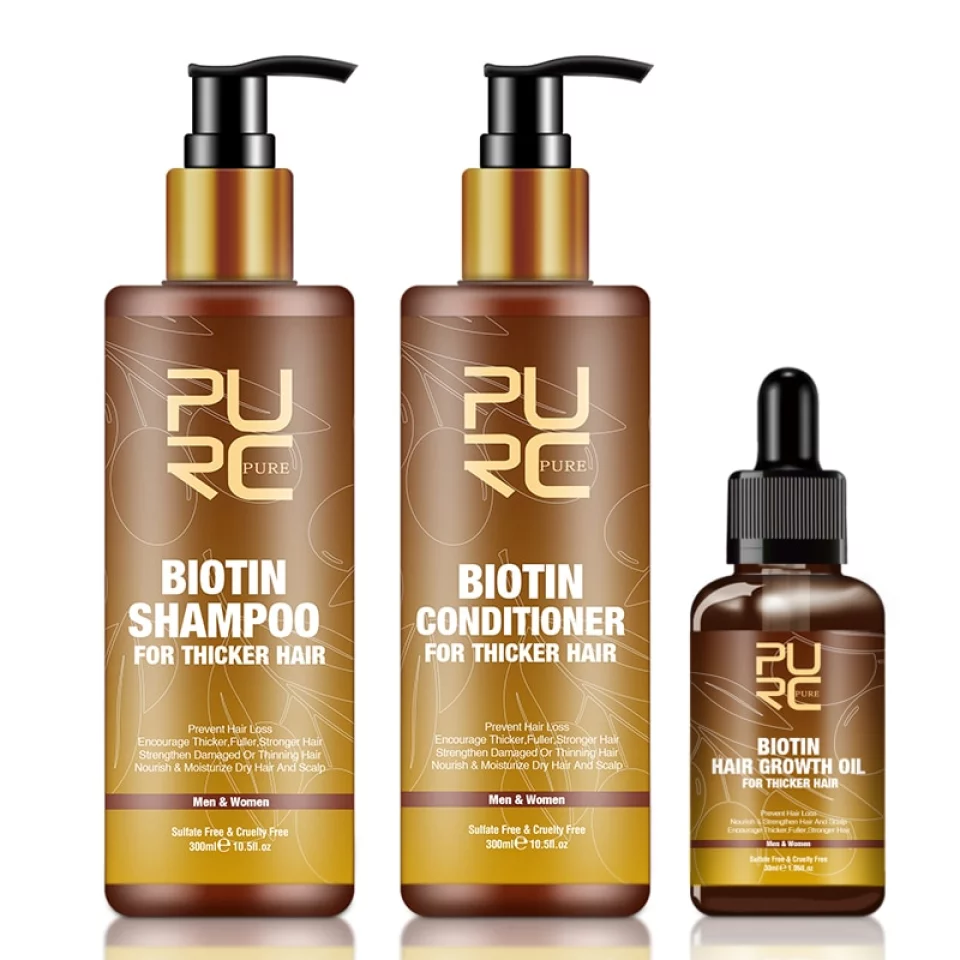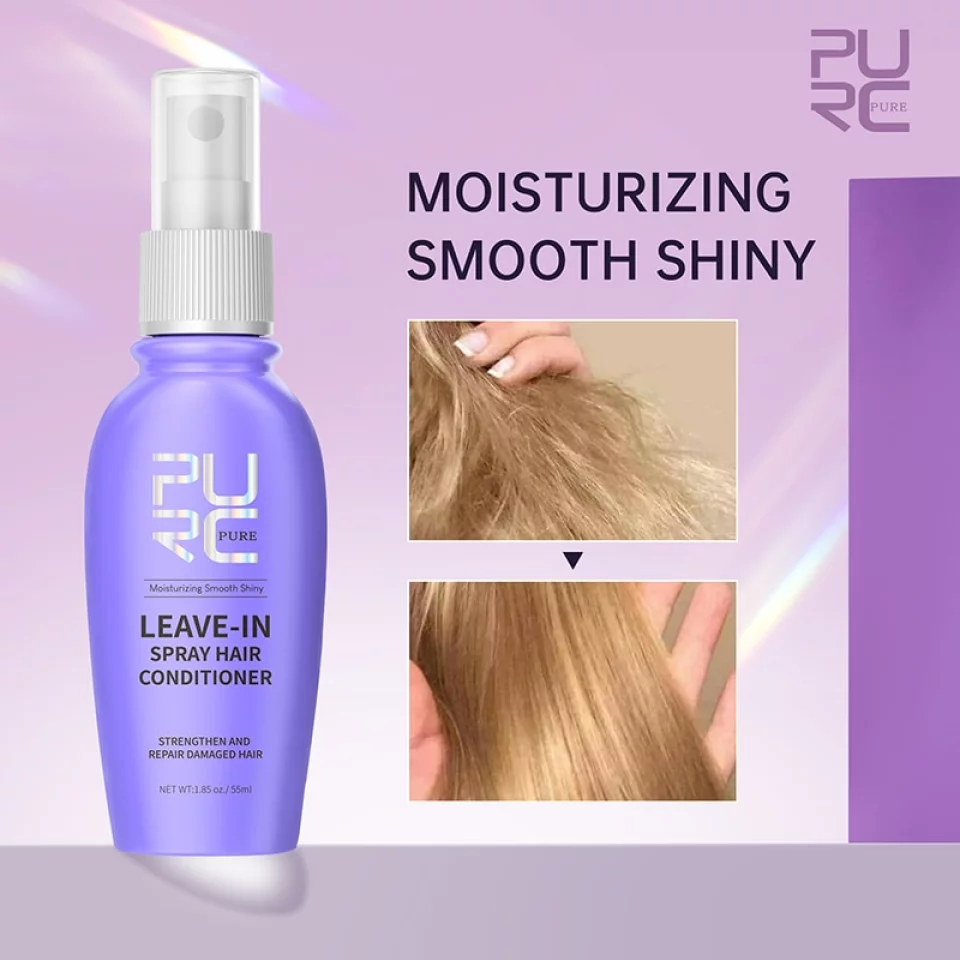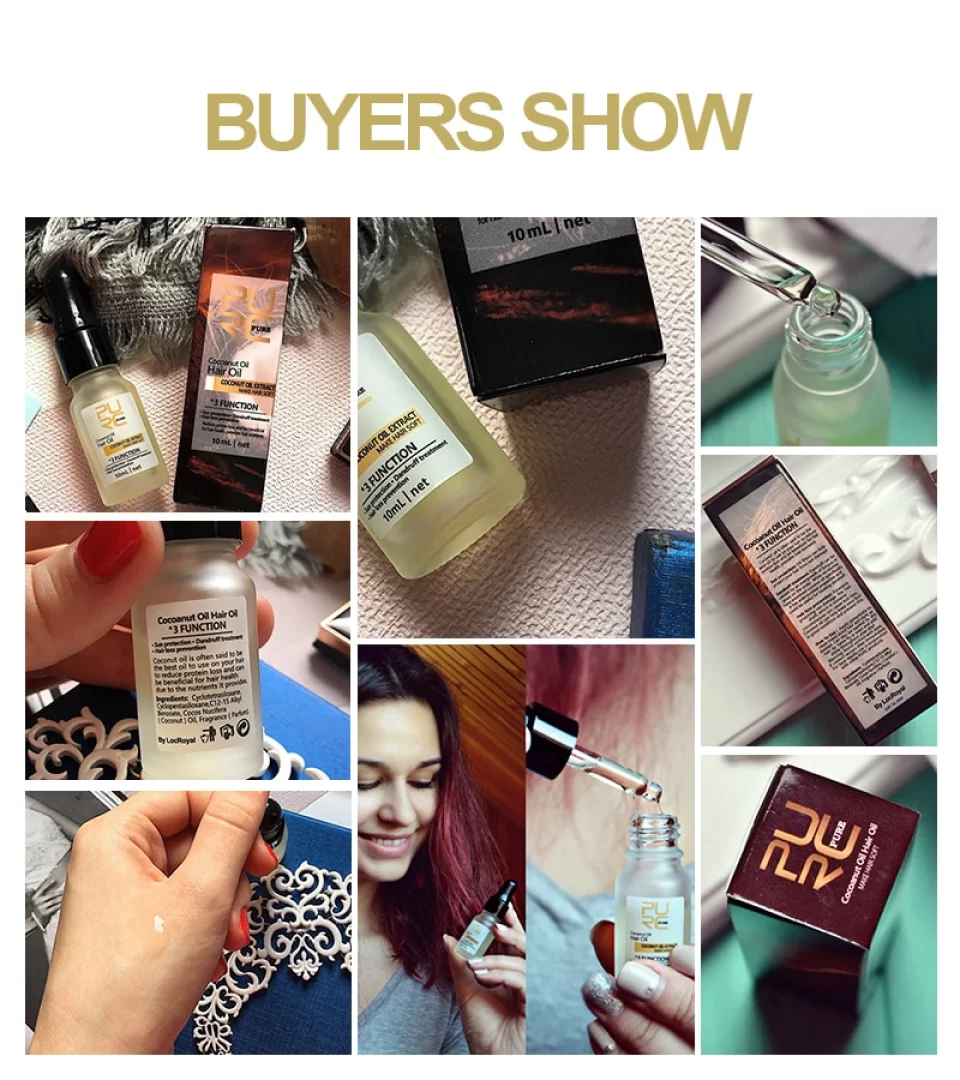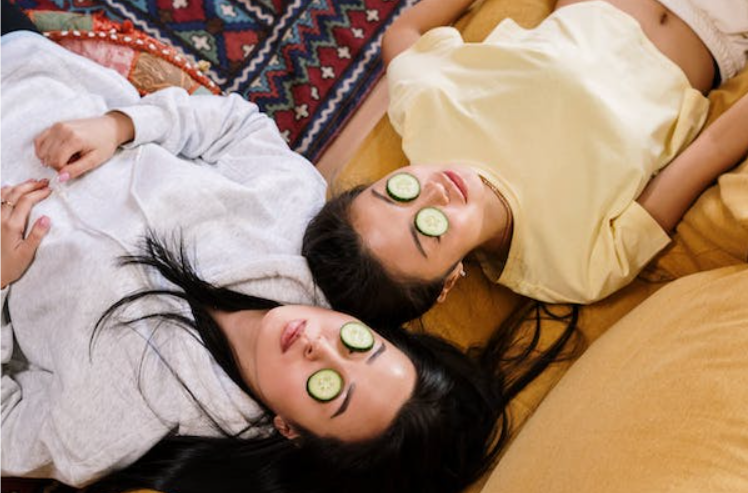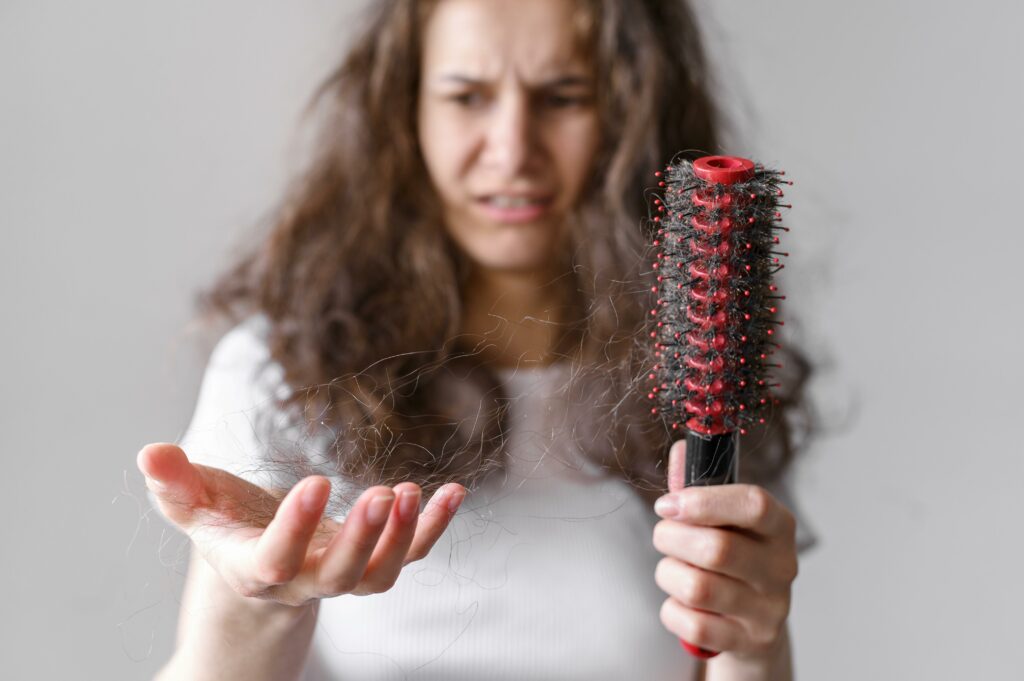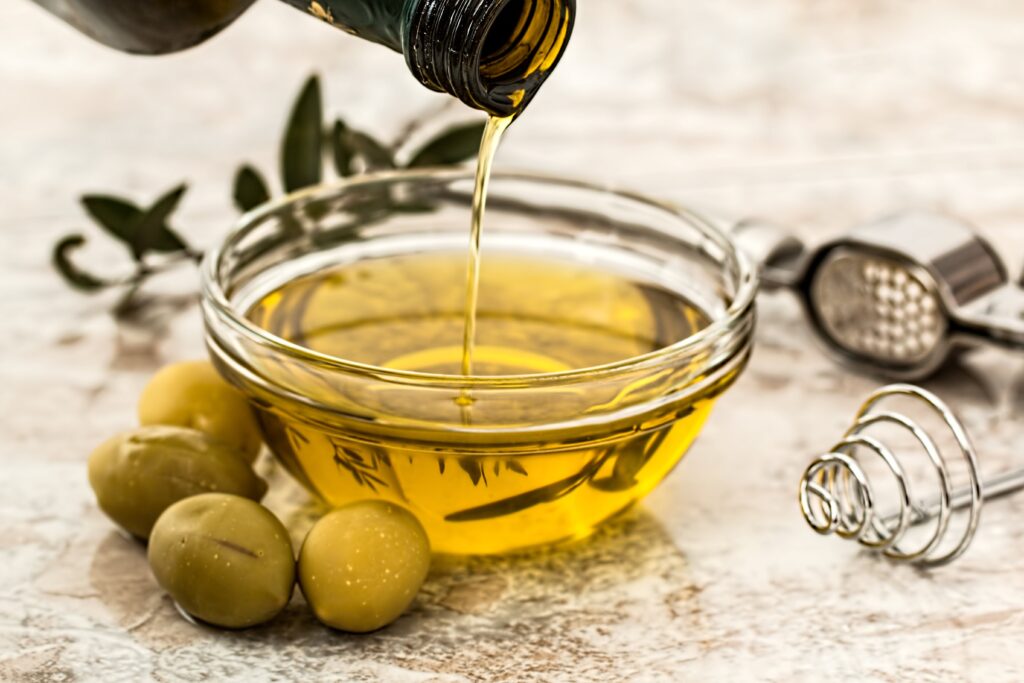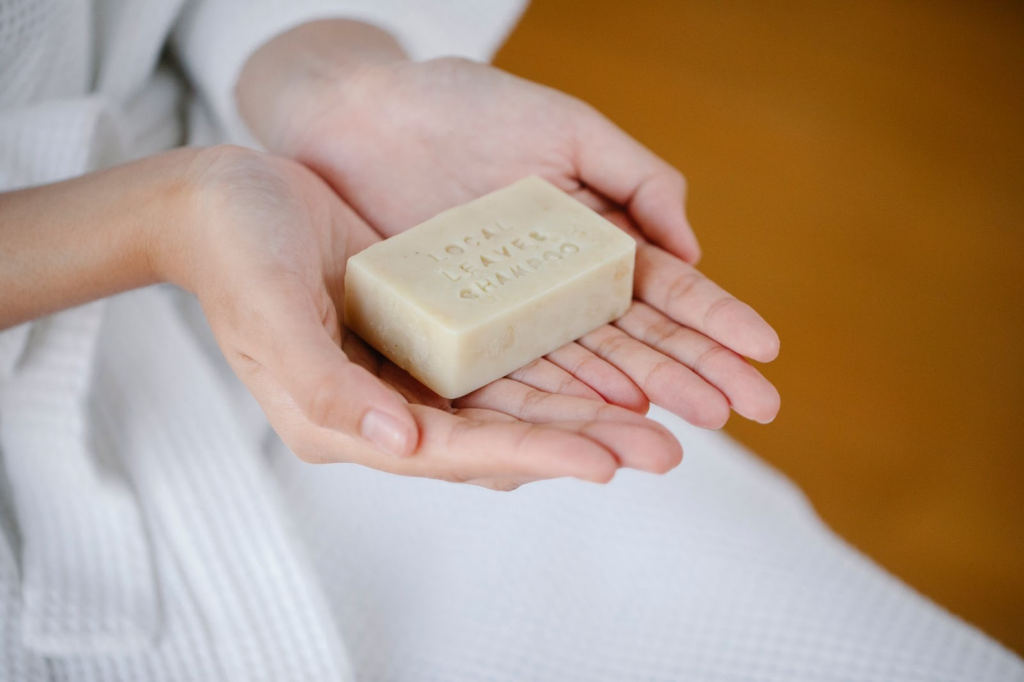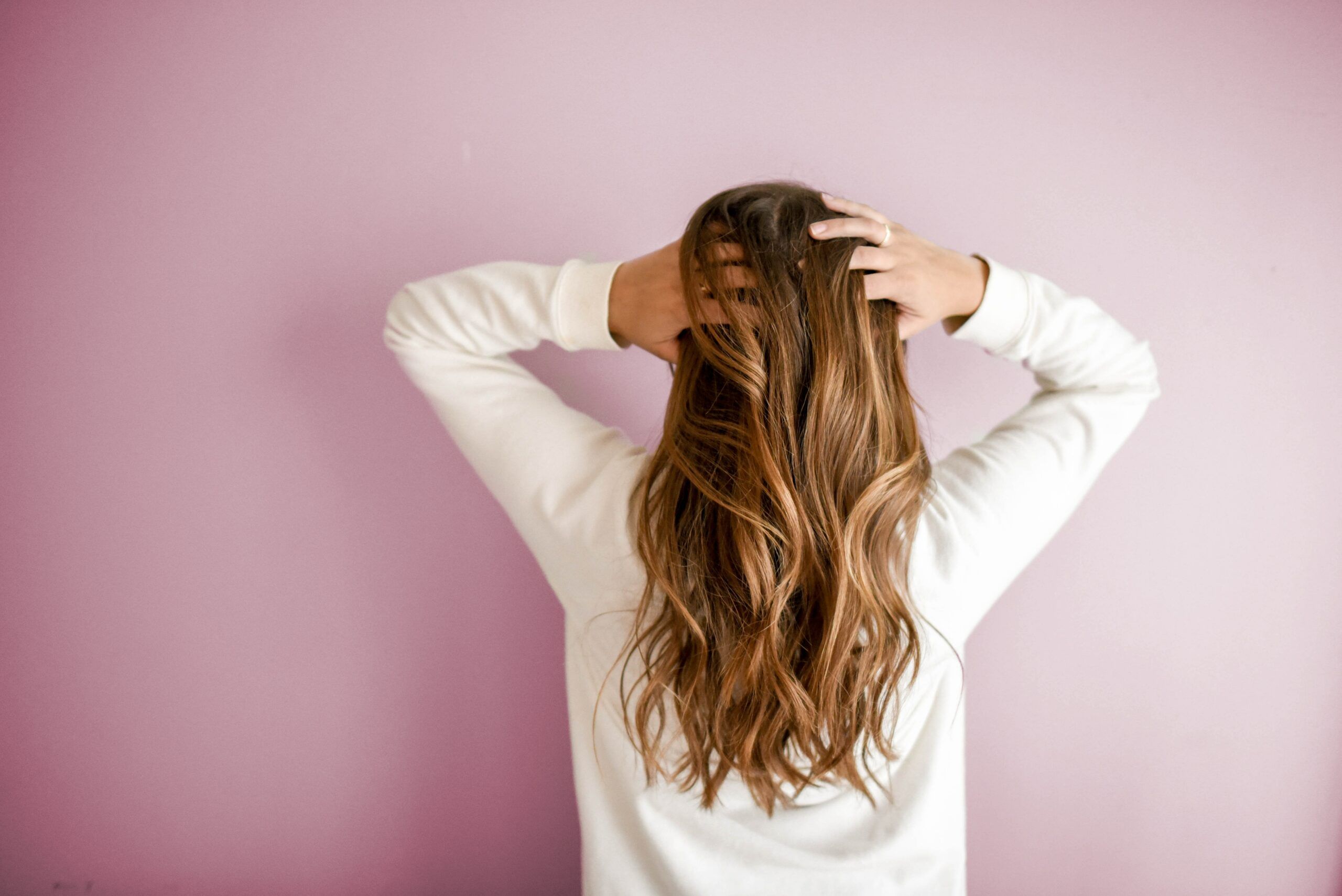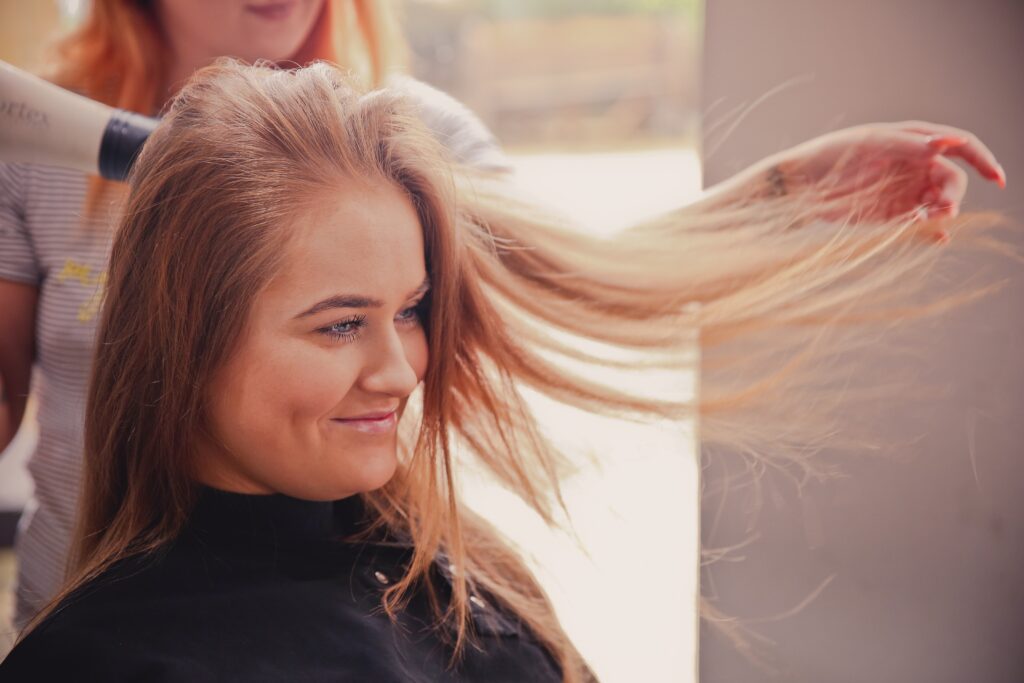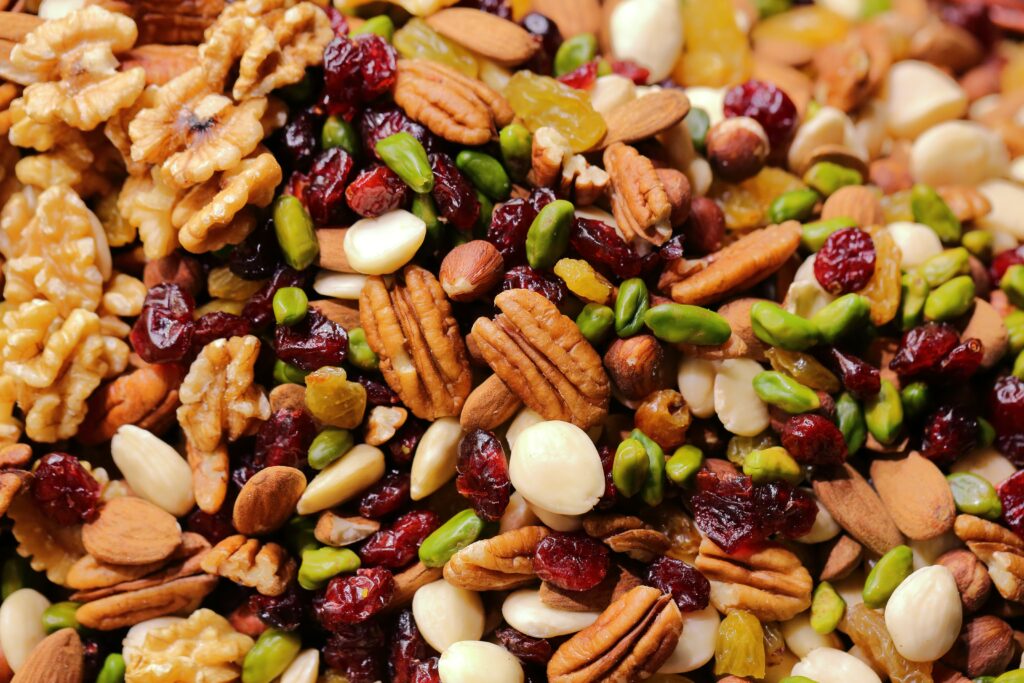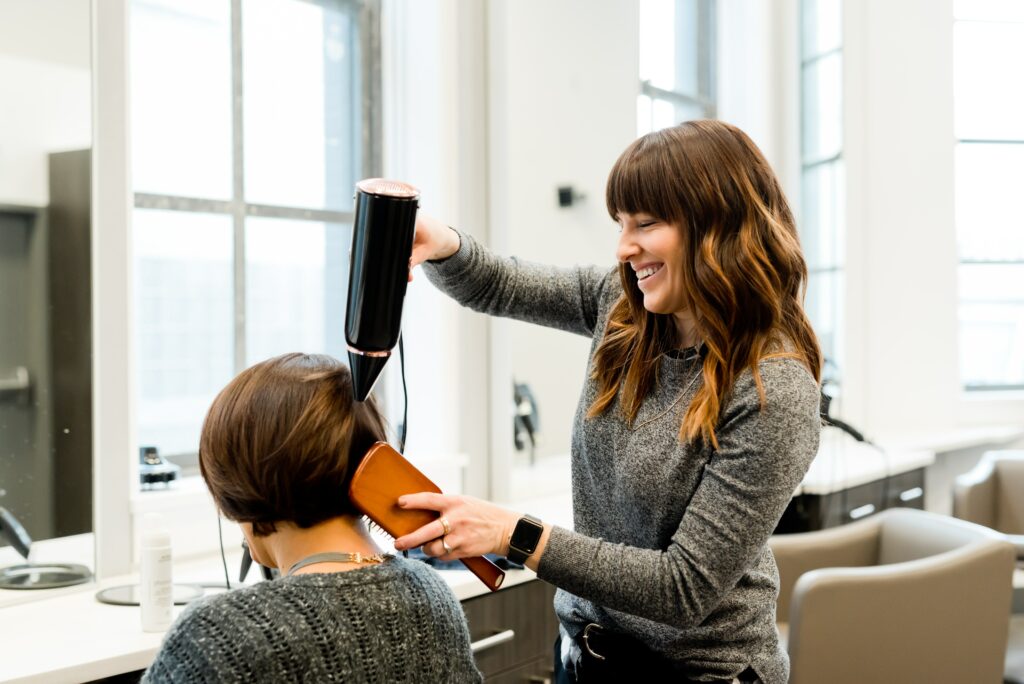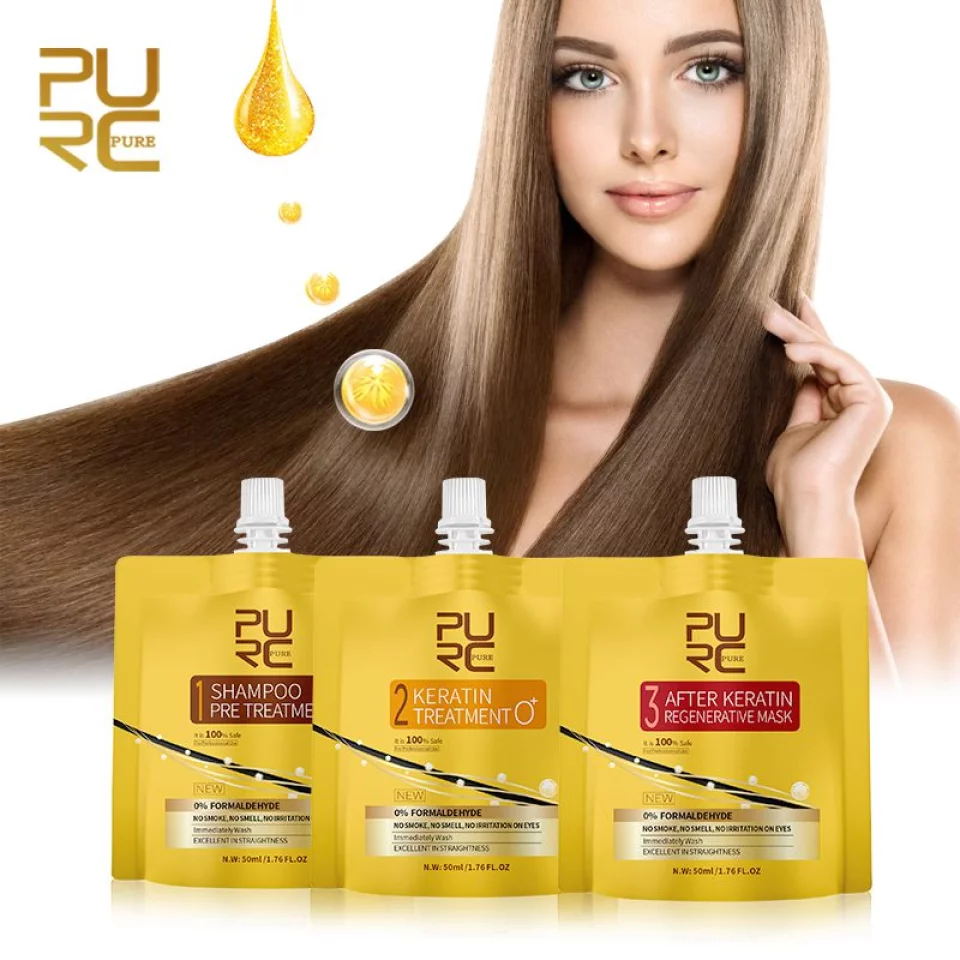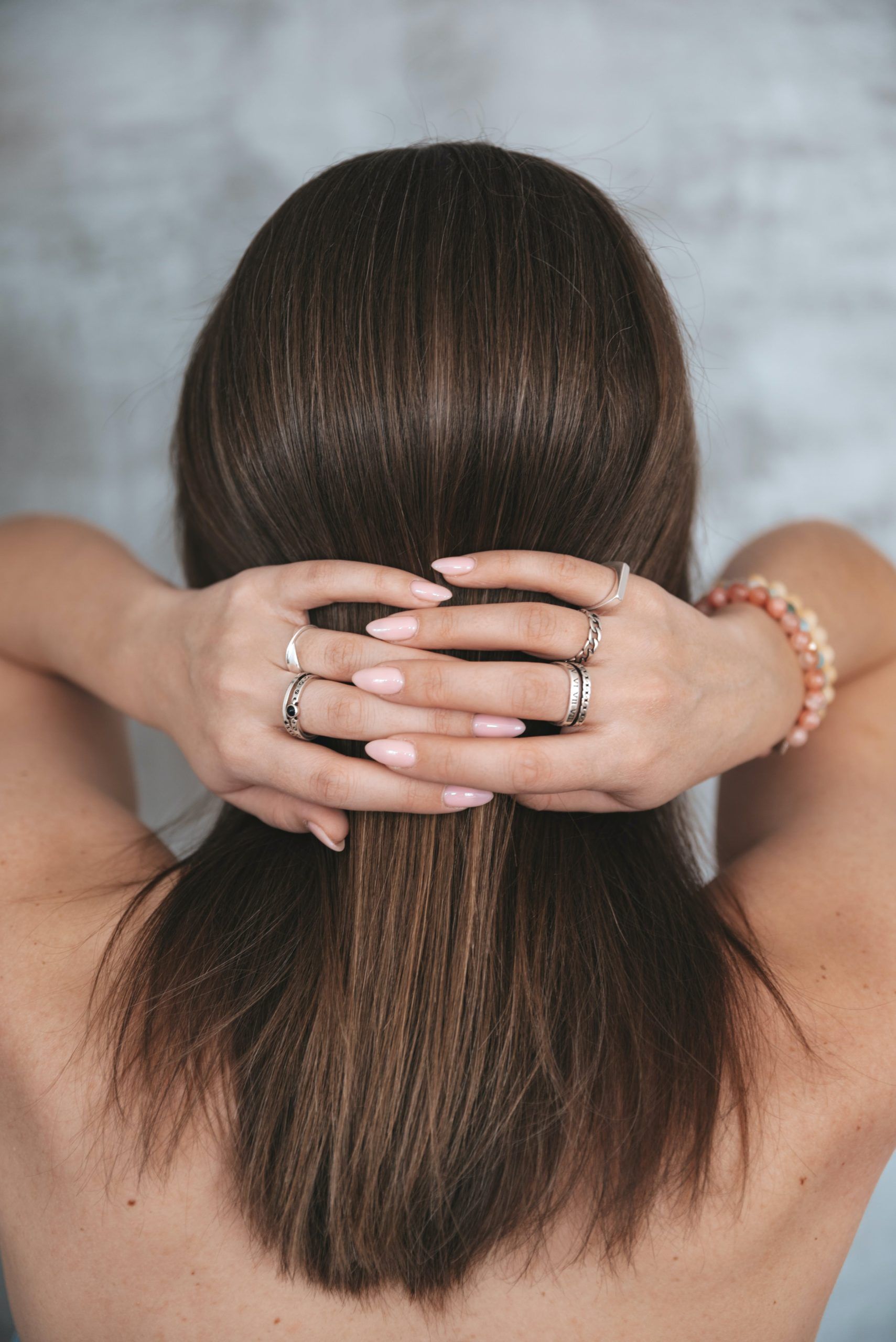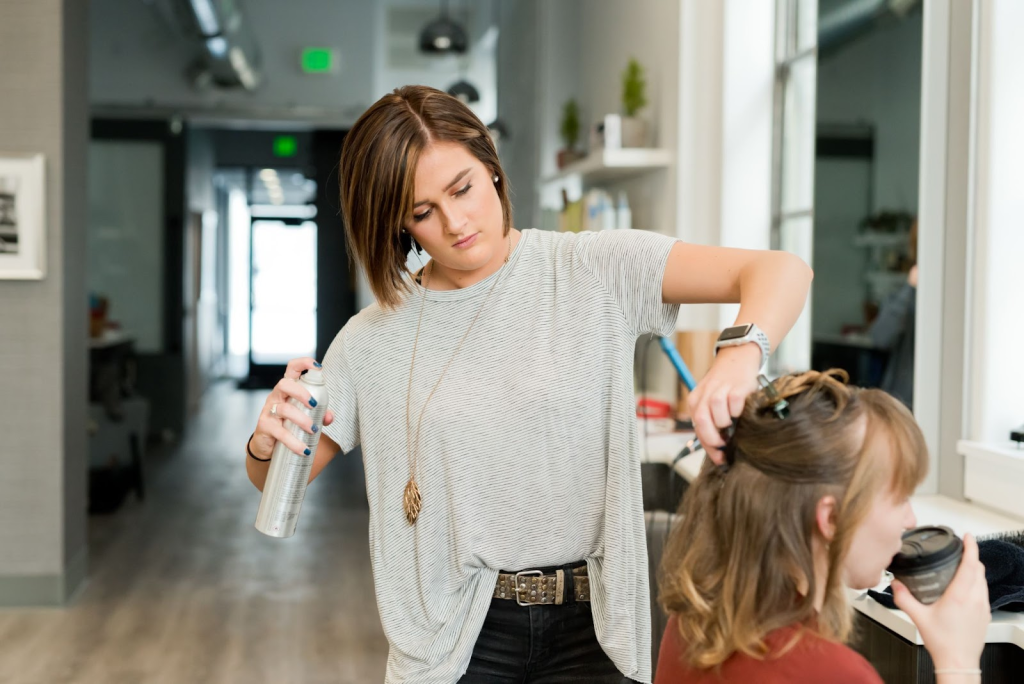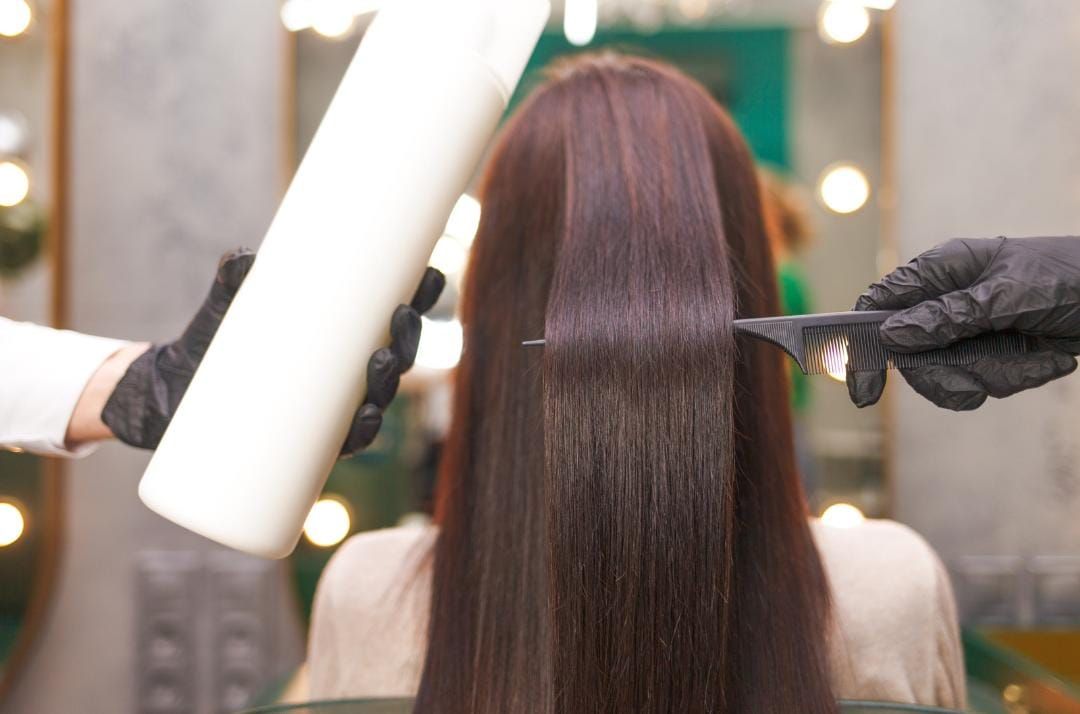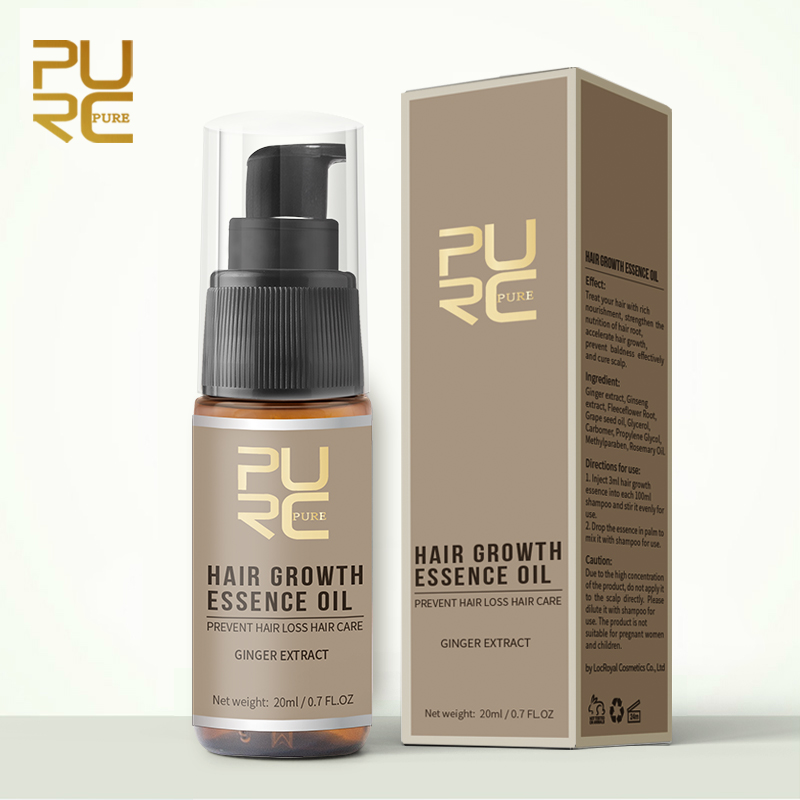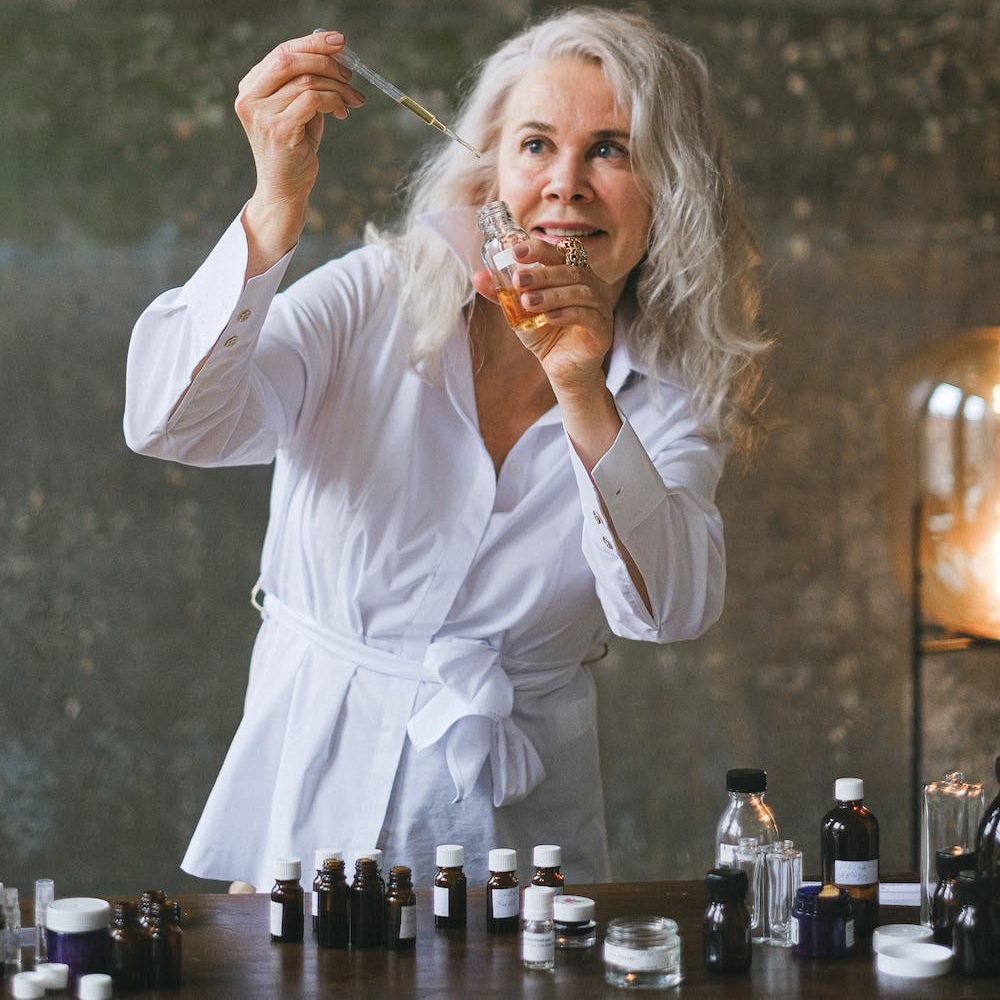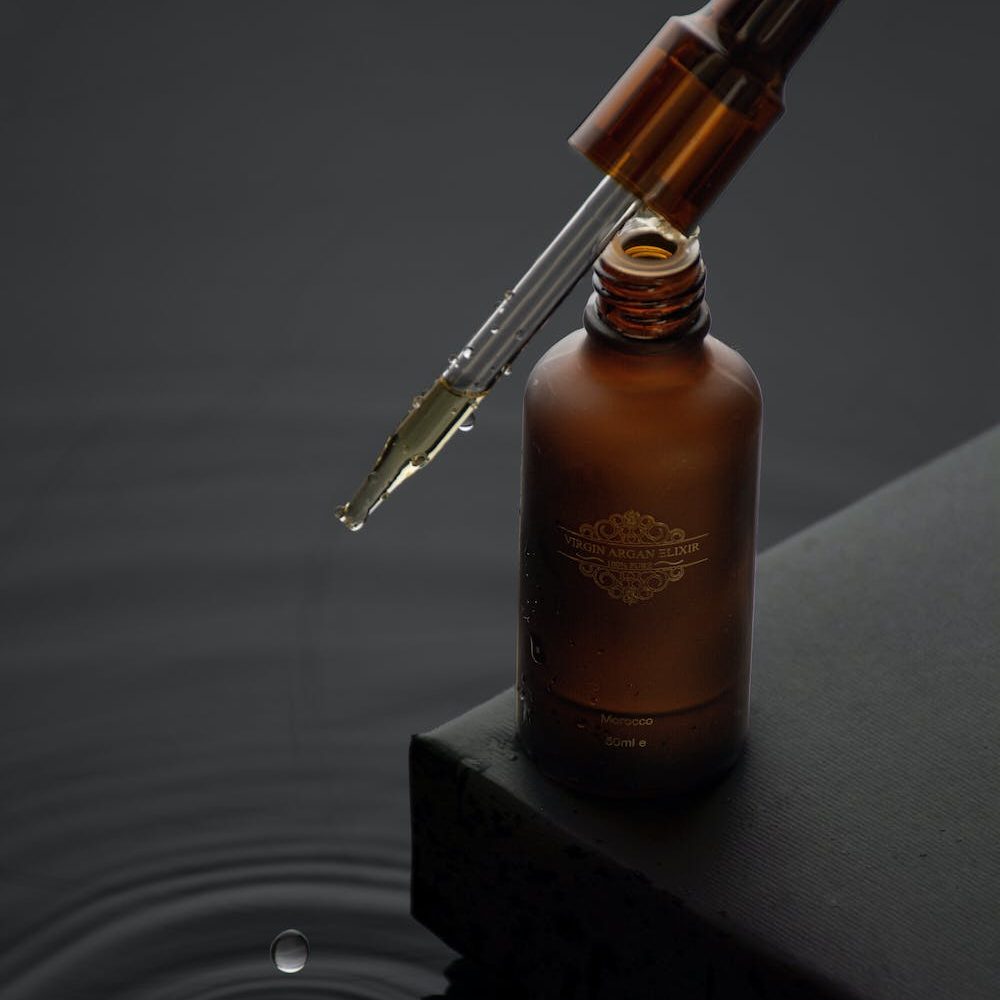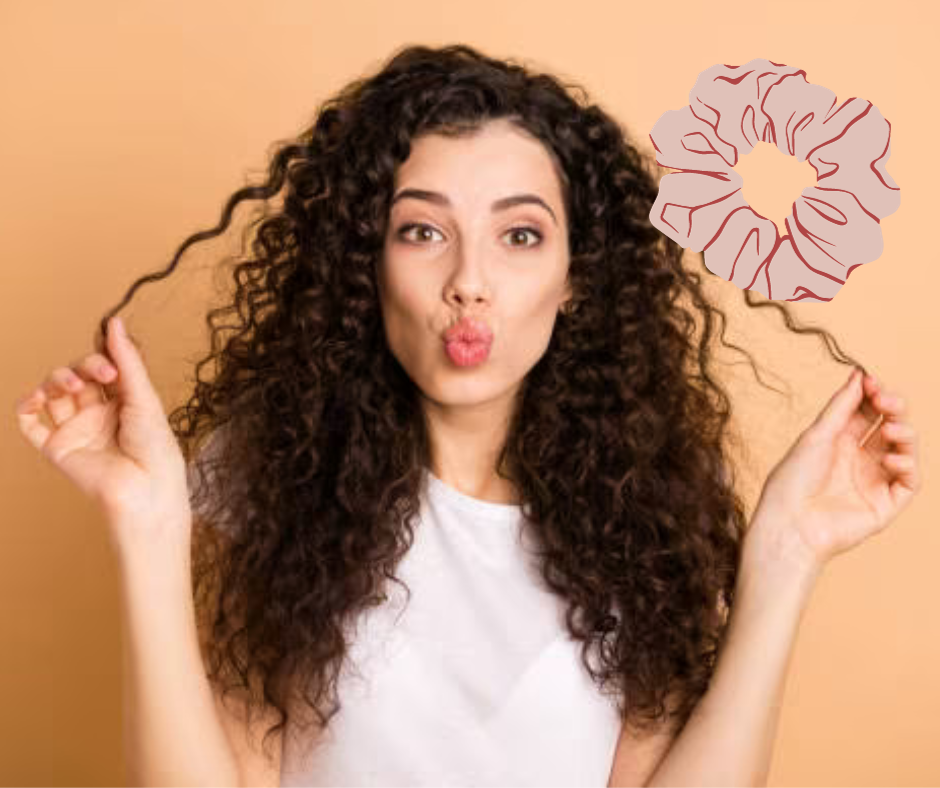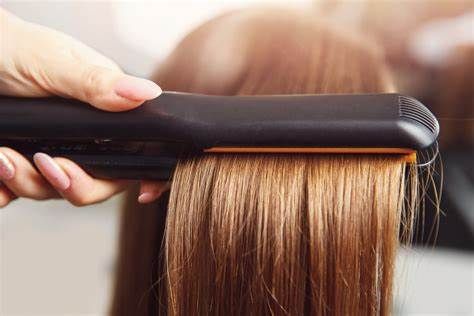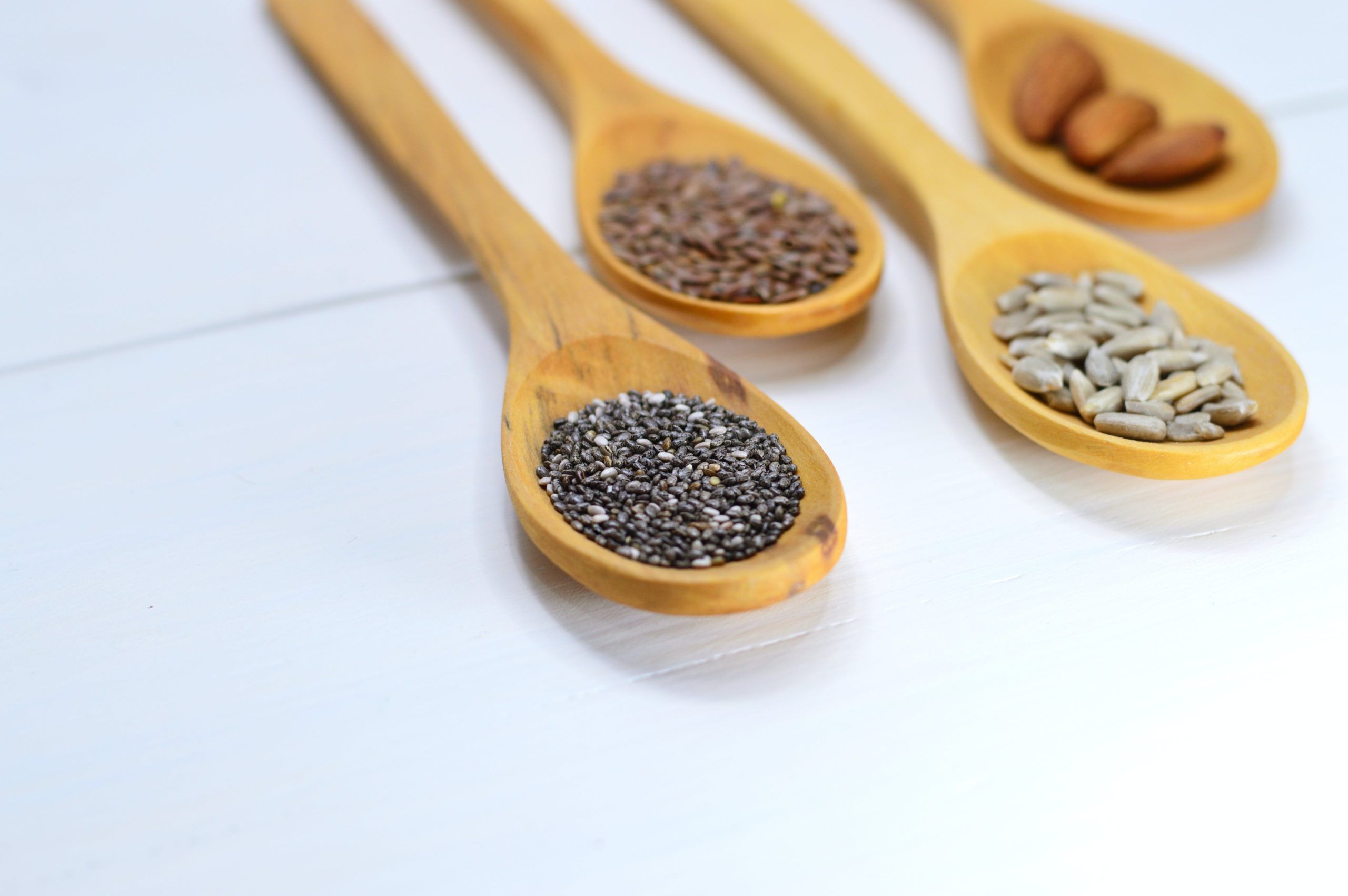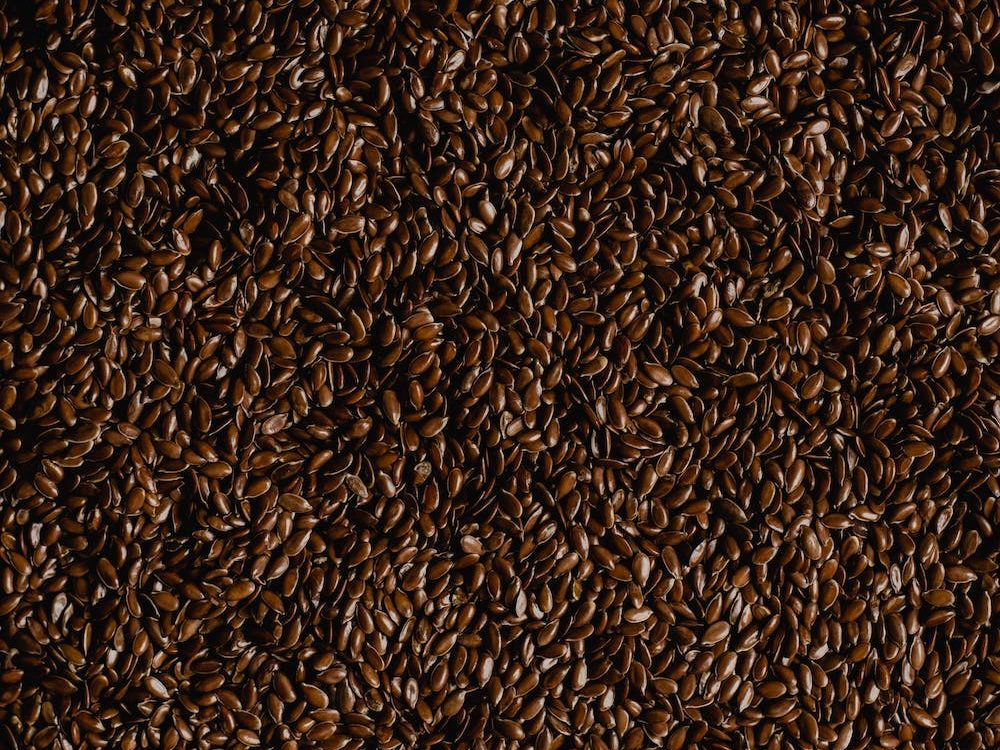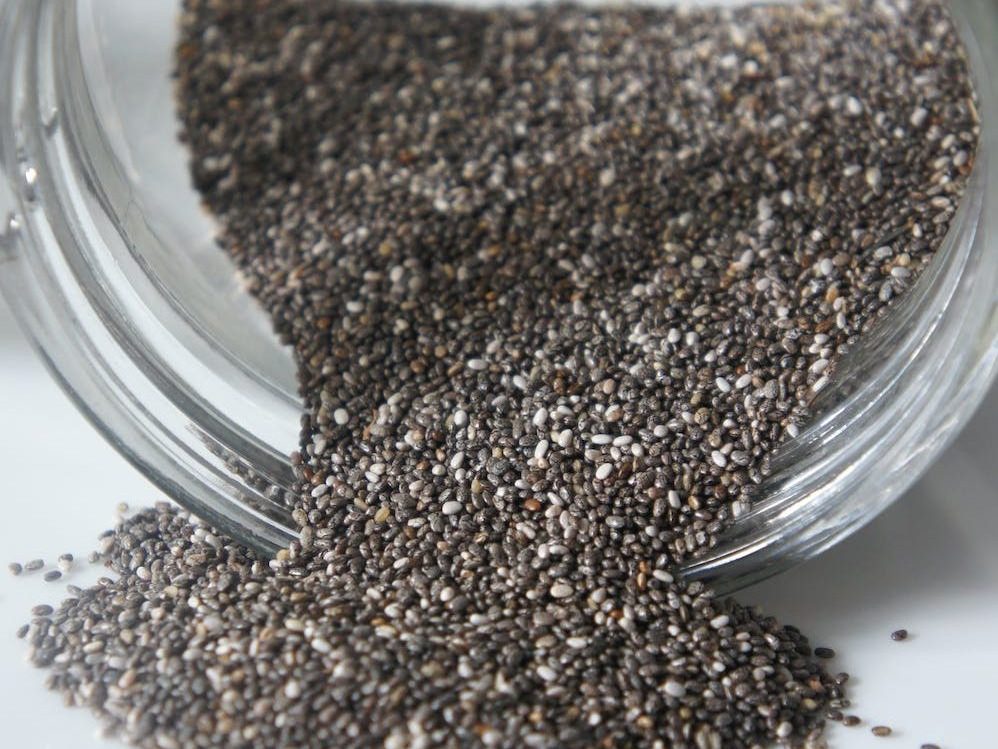PURC Oplex, the Essence of Ultimate Hair Repair
PURC Oplex Revolutionary Hair Repair Kit – Your ultimate solution for repair and transformation. Discover the secrets to luscious locks.
Beautiful, flowing, healthy hair is often seen as a crowning glory.
Yet in today’s world of harsh chemicals, high heat, and environmental stressors, hair damage is an all-too-common curse plaguing men and women alike. Dry, brittle locks lacking shine and bounce have almost become the norm. But what if I told you it doesn’t have to be this way?
The revolutionary PURC Oplex Repair Bond & Reconstructor Kit brings the possibility of nourished, resilient, and vibrant hair from root to tip. Keep reading as I explore the science, ingredients, and hair repair process behind this product that could transform your tresses.
You’re only three steps away from the hair you’ve always wanted!
Understanding Oplex’s Bond-Building Technology
At the very foundation of strong, healthy hair are vital protein bonds that give each strand its strength, elasticity, and structure.
Hair is comprised of a tough protein called keratin, rich in cystine, an amino acid that contains sulfur. When two cystine amino acids link together in the hair follicle, they form very strong sulfur bonds known as disulfide bonds.
It is these bonds that lend hair its remarkable properties of strength, flexibility, and resilience which allow it to undergo repeated styling and chemical treatments without breaking.
In healthy hair, millions of these disulfide bonds form an interconnected web-like network that provides structural scaffolding all along the hair shaft as well as protecting the inner cortex. This array of bonds supports each strand like pillars holding up a building!
However, many common hair care treatments involve harsh chemicals and excessive heat which inflict severe damage on these foundational bonds within the hair structure.
Powerful reducing agents found in chemical hair relaxers, bleaches, dyes, and straightening or perming solutions work by essentially breaking disulfide bonds to reshape the hair temporarily. Unfortunately, this leaves hair unprotected.
Over time, heat styling tools, UV rays, and environmental pollutants also chip away at bonds. Repeated damage causes bonds in the hair structure to fracture, unleashing trauma at a molecular level.
As these vital links break, hair is robbed of its structural integrity becoming weak, brittle, and porous. Disulfide bonds are essentially the scaffolding that reinforces hair strength and stability from the inside out. So if this molecular matrix collapses, tresses lose their resilience and cohesion.
This manifests visually as dry, dull, brittle hair with split ends and breakage which snap easily under pressure. Hence most heat or chemically-treated hair gains those infamous descriptors “high maintenance”, “difficult to manage” and “lacking body”.
With so many false “cures” being advertised, choosing a good product is very difficult!
Enter Olaplex – a pioneering hair repair treatment featuring active ingredients that can single-handedly rebuild broken disulfide bonds from the foundations up to restore health.
This revolutionary system works not just on a superficial level but penetrates through multiple layers into the cortex to repair the hair’s actual molecular infrastructure via its active ingredient – bis-aminopropyl diglycol dimaleate.
Ingredients That Nourish Hair from Root to Tip
The natural ingredients prepared with the utmost care!
The Oplex system harnesses the reparative power of its hero ingredient bis-amino propyl di glycol di maleate combined with natural oils and humectants for hair that’s deeply nourished.
Bis-Amino propyl Di glycol Di maleate–The Bond Rebuilder
This advanced synthetic compound penetrates the hair cortex and rebounds broken disulfide links through a patented mechanism. It forms artificial bridges between sulfur atoms, rapidly re-forming lost bonds.
Clinical tests show dramatic restoration of hair strength, smoothness, and shine after bonding treatment. The result? Hair that can withstand styling, chemicals, and environmental factors with renewed resilience.
Sweet Almond Oil– Nature’s Hydration Hero
This lightweight plant oil is packed with hair-healthy nutrients. its fatty acids and vitamin E seal in moisture and smooth hair cuticles to treat dry, damaged ends. Rich in proteins, minerals, and antioxidants, it also strengthens strands against breakage.
Jojoba Oil–Scalp-Soothing Superstar
With its antibacterial and anti-inflammatory properties, this botanical oil regulates sebum production to create an optimal environment for healthy hair growth. It also delivers a boost of vitamins and minerals to follicles.
Together, these ingredients offer intense replenishment to revitalize locks from cuticle to cortex!
Harnessing the Power of Cellular-Level Repair
What makes the Oplex treatment so revolutionary is its ability to address hair trauma at its origin – the cellular matrix where structural protein bonds form.
Unbreakable bonds with our hair care magic!
The active ingredient bis-amino propyl di glycol di maleate was specially engineered to target the building blocks of hair – the cystine bonds within keratin proteins. Here’s a closer look at how it achieves structural rejuvenation at a molecular scale:
The active compound contains two reactive sites with affinity for hair proteins. As the ingredient permeates into hair strands, these reactive sites seek out cystine amino acids within keratin chains.
They then form strong bridging links between nearby cystine molecules, pulling keratin proteins back into close alignment. In doing so, bis-amino propyl di glycol di maleate not only draws damaged sections of hair back together but actually remodels bonds.
Essentially, new artificial disulfide bridges are reformed by linker molecules which step in to replace broken natural bonds in the network. It serves as a surrogate scaffolding system keeping keratin proteins firmly bonded.
This process of infiltrating into hair and rebuilding bonds from a foundational level up quite literally resurrects your hair’s molecular backbone which gives it form, function and strength.
Much like rebar reinforcement in concrete, the ingredient buttresses hair architecture. This renews structural integrity, elasticity, smoothness and resilience.
In fact, studies show up to a 95% restoration of tensile strength and protein loss reversal in damaged tresses after Oplex treatment. Hair regains cohesion and stability.
Furthermore, by restoring molecular infrastructure, Oplex also protects against future damage from chemicals, hot tools, sunlight and pollutants. Hair treated with Olplex keeps its style better with less fading.
So whether you color, chemically treat, blow-dry or simply expose your hair to environmental factors, this SYSTEM fortifies it from the inside out for beauty that lasts.
Transforming Hair in 3 Simple Steps
The Oplex kit contains a shampoo, intensive treatment, and conditioner for bonding repair at home. Just follow these steps:
Step 1: Apply Bond Perfector No.3 evenly through towel-dried hair until saturated. Leave for a minimum of 10 minutes up to 30 minutes.
Step 2: Rinse them lather up with the Bond Maintenance Shampoo No.4 massaging into scalp and lengths.
Step 3: Follow with Bond Maintenance Conditioner No.5. Detangle and leave for 3-5 minutes before rinsing thoroughly. Air or blow dry gently, then style as desired! Use weekly initially, then adjust to your hair’s needs.
It’s as simple as that! With easy at-home application, you can infuse your hair care with salon-quality strengthening and repair.
Unleash the Power of Healthier Hair
From defending against damage to enhancing shine and softness, here’s why the Oplex Repair System is a game changer:
➔ Restores up to 95% of lost protein bonds damaged by chemicals, heat or the elements
➔ Protects color integrity allowing hair dyes and bleaches to better penetrate cuticles without excess swelling or dehydration
➔ Hydrates each strand with moisture-binding oils to prevent dryness and breakage
➔ Smoothes and realigns the cuticle layer improving texture, reducing frizz and boosting shine
➔ Makes hair more resistant to split ends and snapping by strengthening bonds and healing weak areas
➔ Safe for all hair types and colors. Frequent use improves styling and enhances salon chemical service results.
Whether your goal is growing your hair out long and strong, making fragile strands salon-service ready or simply boosting shine and managing frizz, Oplex delivers.
PURC Oplex’s revolutionary bonding treatment works at the molecular foundation using targeted yet gentle ingredients to fundamentally repair damage for all hair types.
Whether your hair goals involve growing luscious locks, making fragile strands salon-ready or simply boosting shine and volume, the innovative Olaplex line offers customized solutions. By fundamentally repairing compromised bonds that undermine the integrity of each strand, Olaplex treats hair damage at its core. Tresses emerge smoother, stronger and more vibrant. Our hair’s health often reflects that of our bodies and minds. Prioritize yours today with hair care powered by advanced chemistry but infused with the simplicity of self-care.
Join thousands of devotees worldwide who took their tresses from lackluster to lustrous with Olaplex’s pioneering products. Redeem our exclusive offers to unlock your personalized rescue regimen now!
Want to take your hair care a step further on your hair health journey? Why not check out our blog on the best vegan hair care tips? Or how you can help your hair and save the environment!
See Spectacular Transformations
Thousands of raving fans and hair care specialists swear by Oplex for its dramatic revitalizing effects making it a staple salon service. The before and after results speak for themselves!
“I’ve been using Olaplex on my clients for over 5 years and it’s 100% worth it. Everyone from my curly-haired goddesses to my blond bombers benefit tremendously.” – Mary, Salon Owner
“My overprocessed hair felt beyond dead. Olaplex brought it back to life! I get so many compliments now on how thick and healthy it looks.” – Tiffany, Olaplex Devotee
“As a professional stylist, I’ve tried countless products, but nothing compares to the magic of Olaplex. It’s not just a treatment; it’s a hair revolution. My clients leave with silky, shiny locks every time.” – Jessica, Hair Stylist
“Being a redhead comes with its own set of challenges, but Olaplex has been my secret weapon. It preserves the vibrancy of my color, leaving me with that salon-fresh look long after my appointment. I’m hooked!” – Ryan, Fashion Designer
FAQs:
1. Does Oplex really work for all hair types, from kinky curls to pin-straight?
Yes! By restoring bonds at a molecular level, Olaplex reconnects and repairs damage, making hair healthier regardless of texture or thickness. Even heat and chemical services show longer-lasting results.
2. Can Olaplex be used even after my usual hair treatments?
Absolutely! Oplex is safe to use with your regular hair care routine. Incorporating the system weekly supercharges the effects of your usual hydrating masks and nourishing products by repairing bonds they don’t target.
3. Is Oplex safe for colored or chemically treated hair?
A. Oplex is highly beneficial for compromised hair and protects color from fading fast while repairing chips in the cuticle that could make dyes less vibrant. The bonding treatment extends the results of chemical services by fortifying hair structure.
4. What does Oplex do to my hair?
It works at a cellular level, rebuilding broken disulfide bonds in your hair. It restores up to 95% of lost protein bonds damaged by chemicals, heat, or environmental factors. This process fundamentally strengthens and revitalizes your hair, making it more resistant to damage, hydrated, and visibly healthier.
5. Is Oplex really worth the money?
Absolutely. The transformative effects, including restored bonds, protected color integrity, and overall improvement in texture, make it worth every penny. The benefits extend beyond cosmetic enhancements, contributing to the long-term resilience and vitality of your hair.
6. Is using PURC Oplex too often bad?
No. The kit is designed for weekly use initially, and you can adjust based on your hair’s needs. Incorporating Oplex into your routine consistently enhances its effects, contributing to stronger, smoother, and more vibrant hair. Regular use is a key to maintaining and improving the health of your locks over time.






